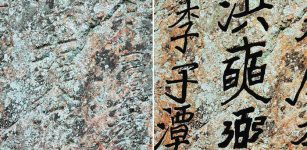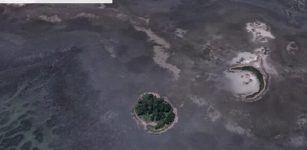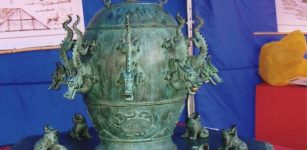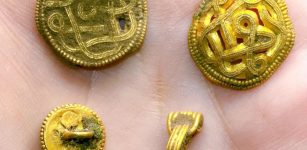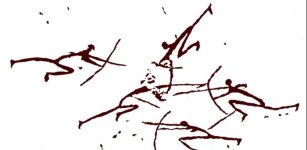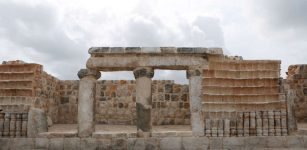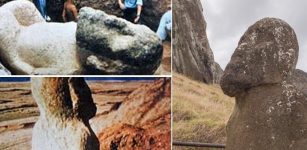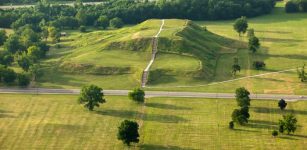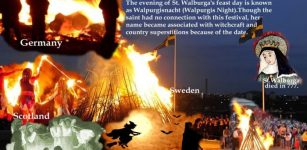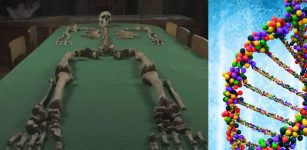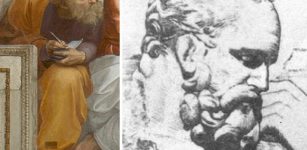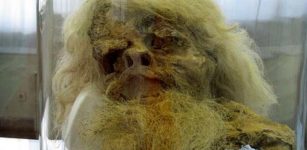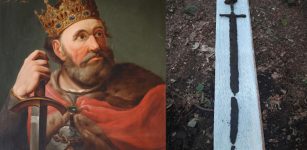Ancient Irish Practiced Special Burial Rituals Such As Dismemberment Of Bodies
AncientPages.com - Ancient people practiced various burial rituals depending on their customs and faith. There is now evidence ancient Irish were involved in dismemberment of bodies.
Bones excavated and examined from a century-old Carrowkeel Neolithic passage tomb in Co. Sligo reveal evidence of the burial practices and death rites of the ancient people of Ireland.
The findings, which have been published in the journal Bioarchaeology International, are part of a project applying modern techniques and research questions to the human remains.
Carrowkeel neolithic passage tomb in Co. Sligo.
The team of researchers includes Sam Moore, lecturer in Prehistoric Archaeology at IT Sligo, and the group’s work focused on the 5300 years-old Passage Tomb Complex at Carrowkeel. This site is one of the most impressive Neolithic ritual landscapes in Europe.
“The bones were analyzed from an original excavation of Carrowkeel in 1911, led by Prof R.A.S. McAlister,” explains Sam. “They were subsequently presumed missing or lost until a group of boxes with the name ‘Carrowkeel’ on them was discovered in the archive in the University of Cambridge in 2001. The bones date from between 3500 and 2900 BC."
Archeologists have analyzed bones from seven passage tombs that included both unburnt and cremated human remains from around 40 individuals.
Dr Jonny Geber from the Department of Anatomy at New Zealand's University of Otago says he and his colleagues determined that the unburnt bone displayed evidence of dismemberment.
See also:
World’s Oldest Moon Map Carved Into Ireland’s 5,000 Year-Old Tomb At Knowth
Does Celtic Art Have Links With Iron Age Art Of The Eurasian Steppes?
"We found indications of cut marks caused by stone tools at the site of tendon and ligament attachments around the major joints, such as the shoulder, elbow, hip and ankle," he says.
Dr Geber says the new evidence suggests that a complex burial rite was undertaken at Carrowkeel, which involved a funerary rite and placed a particular focus on the "deconstruction" of the body.
So why would people in pre-historic Ireland have performed such rituals?
“Attempting to understand the reasons these ancient communities dismembered the bodies is one of the real fascinations with this research,” says Sam Moore. “In the societies of the past, ancestry had more to do with group identity. This appears to have held real importance in Neolithic Ireland.”
While evidence of similar pre-historic funerary rites has been uncovered in the UK, this is the first definitive discovery of similar practices during the same period on the island of Ireland.
The re-analysis of the bones uncovers high level of complexity and diversity of the funerary rites, which perhaps was not fully recognised previously.
The new study has been able to show that the Carrowkeel complex was a highly significant place in Neolithic society in Ireland, which had an important role in facilitating interaction with the dead and a spiritual connection with the ancestors.
AncientPages


